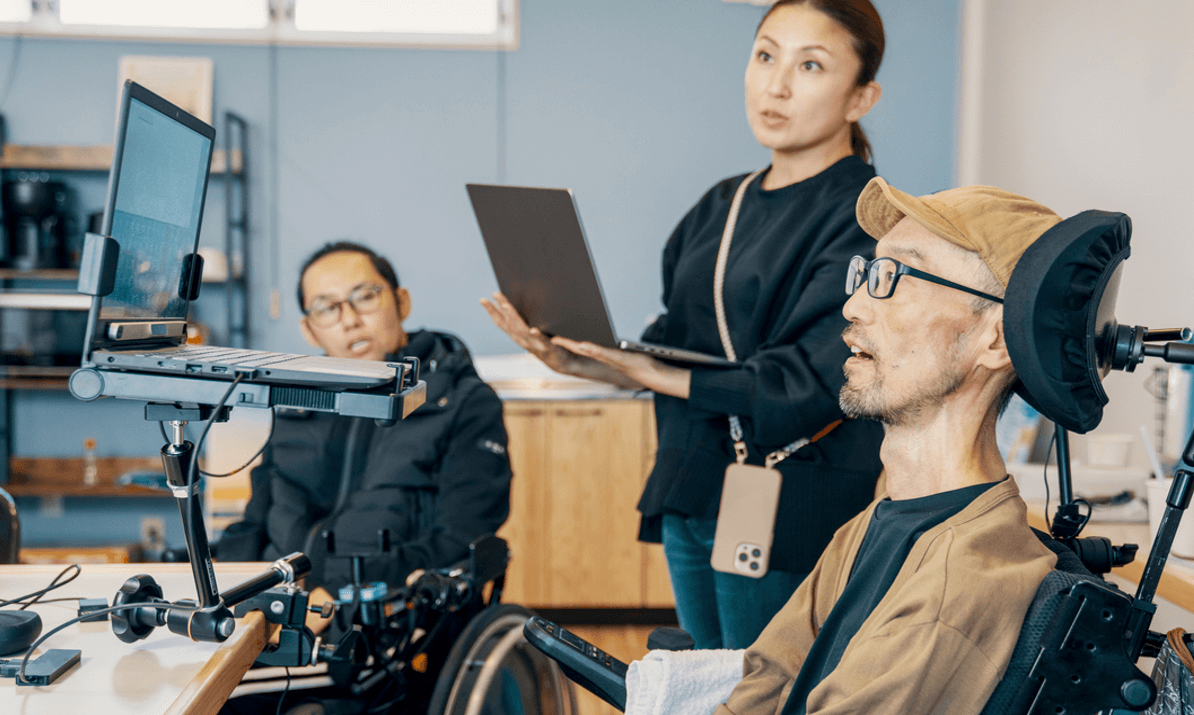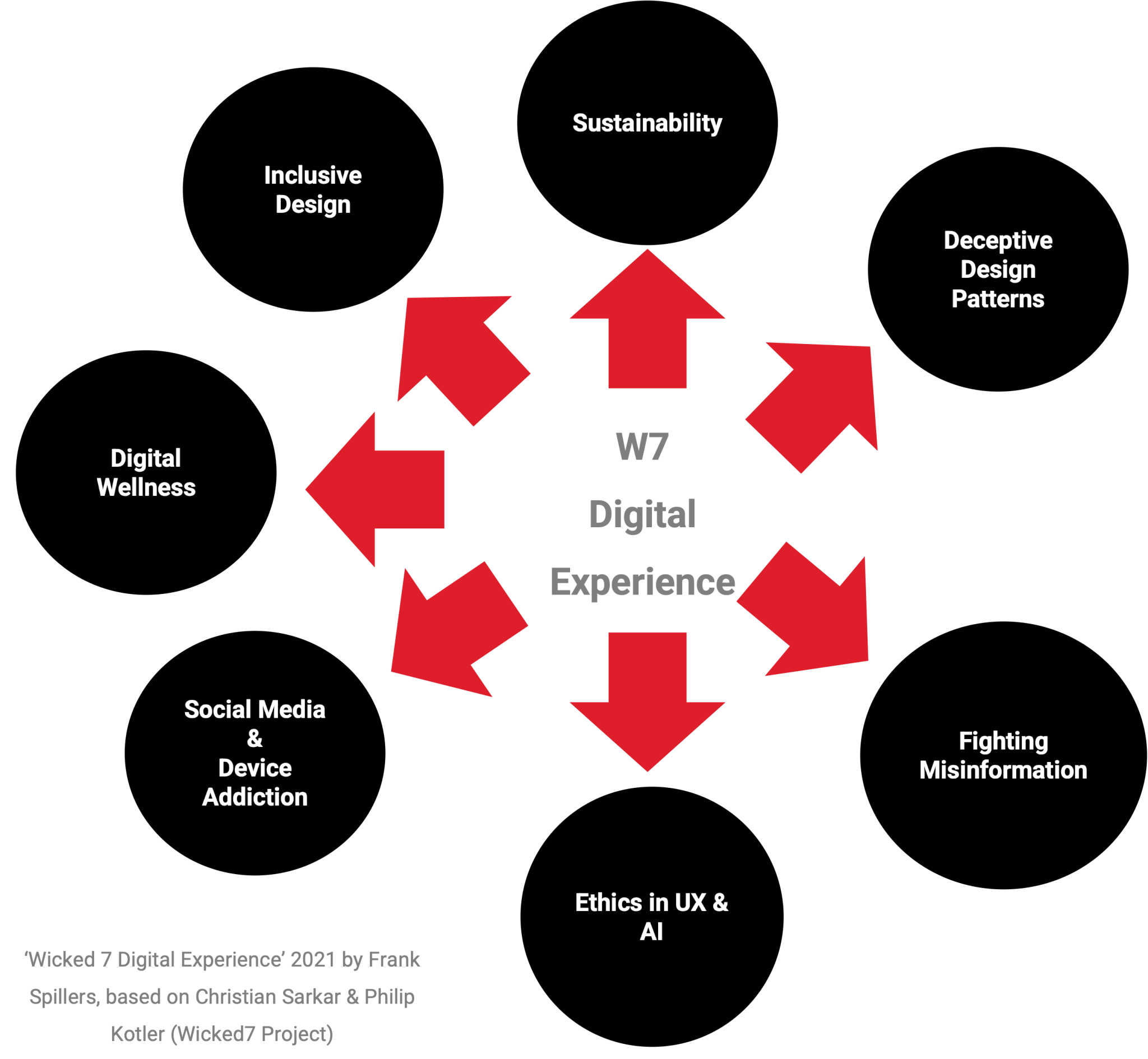WCAG 3.0 Accessibility Masterclass
In my WCAG 3.0 Accessibility Masterclass tomorrow, I’ll be covering what at Experience Dynamics we call a *disability-centric model* to doing accessibility. It turns out WCAG 3.0 moves in this direction, so take note. It’s time to shake up how you do Accessibility and put your users with disabilities first!
What is a disability-centric model? (hint: it’s core to WCAG 3.0)
Accessibility efforts, as with all UX, starts with user advocacy. However, user advocacy itself is not enough, to really make an impact, you need to do disability advocacy specifically. In 2020, Alison Gavine and I proposed a disability-centric model to how you approach accessibility projects. We presented an Experience Dynamics client case study with some key lessons…
“Disability-centric model. Because the use of technology by users with disabilities is so nuanced, a new approach is required. Relying on guidelines and algorithmic tools that check accessibility alone is too risky and prone to user exclusion. Taking a disability-centric approach to accessibility puts disability at the center of the optimization effort—with an understanding of user needs and observed performance—as core to designer decision-making and developer fact-checking.”
You can read the whole case study here: Toward a Disability-Centric Model of User Participation in Accessibility Efforts: Lessons from a Case Study of School Children.
Cite as: Gavine A., Spillers F. (2020) Toward a Disability-Centric Model of User Participation in Accessibility Efforts: Lessons from a Case Study of School Children. In: Stephanidis C., Antona M., Gao Q., Zhou J. (eds) HCI International 2020 – Late Breaking Papers: Universal Access and Inclusive Design. HCII 2020. Lecture Notes in Computer Science, vol 12426. Springer, Cham. https://doi.org/10.1007/978-3-030-60149-2_7
What’s new in WCAG 3.0?
Of of the most significant changes impacting compliance of guidelines is user testing or Holistic Testing. Finally, WCAG 3.0 emphasizes including users with disabilities in your accessibility testing efforts!
From the paper above:
“As with all efforts to enable participation of disadvantaged or disparate user groups, including the actual end-users or recipients of a design solution [15] in the design process continues to be a key challenge. The problem of ignoring user needs during the creation of design solutions is particularly problematic when designing for accessibility, with designers considering themselves the end-users, not the actual users [22].”
Studies show that when empathy for users with disabilities is simulated or interpreted without involving those users, accessibility efforts a more prone to failure.
“Exclusion from the software creation process is especially impactful to marginalized or disadvantaged populations, where access to critical software features defines educational attainment itself. Including users with disabilities in accessibility efforts for product or service experiences suffers the same problem: inclusion of the target audience [23].” (Spillers & Gavine 2020).
No doubt this version of WCAG is significant and ground-breaking. Many of the new 50+ guidelines were developed in collaboration with disability rights organizations.
In this Masterclass, we will explore the new WCAG 3.0 guidelines and review best practices and skills required to be ready to apply the guidelines.
Buy this course and recording for $100 USD:









